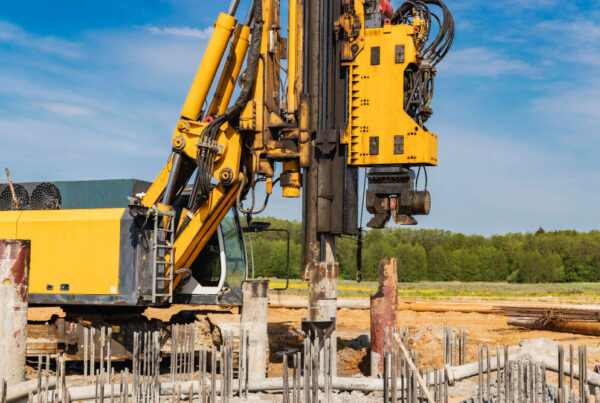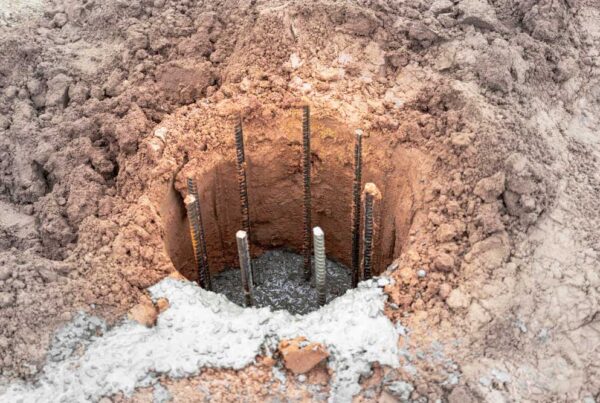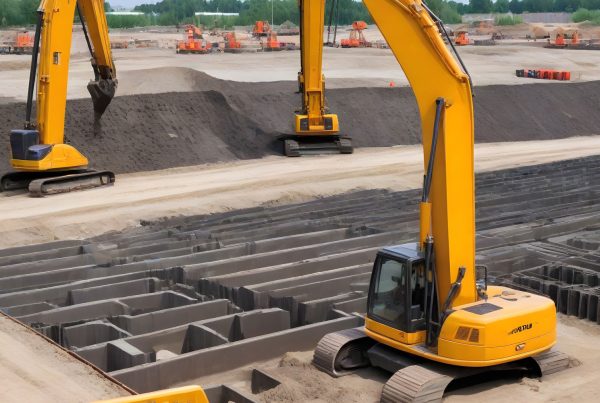Designing bored piles requires careful consideration of a number of factors, including the soil and rock conditions, the loads to be supported, and the required pile capacity. The first step in designing bored piles is to conduct a geotechnical investigation to determine the soil and rock conditions at the site. This information is then used to determine the appropriate diameter and length of the piles, as well as the reinforcement requirements.
The load capacity of a bored pile is determined by a combination of factors, including the strength of the concrete and the steel reinforcement, the diameter and length of the pile, and the soil or rock conditions. The capacity of the pile must be sufficient to support the loads from the structure above, as well as any lateral loads from wind or seismic activity.
Bored piles can also be designed to resist uplift forces, which can occur when the soil is unable to support the weight of the structure above. Uplift forces can be particularly problematic in areas with high water tables, where the soil can become saturated and lose its strength. In these cases, a bored pile can be designed with a bulb at the base, which increases the resistance to uplift forces.






